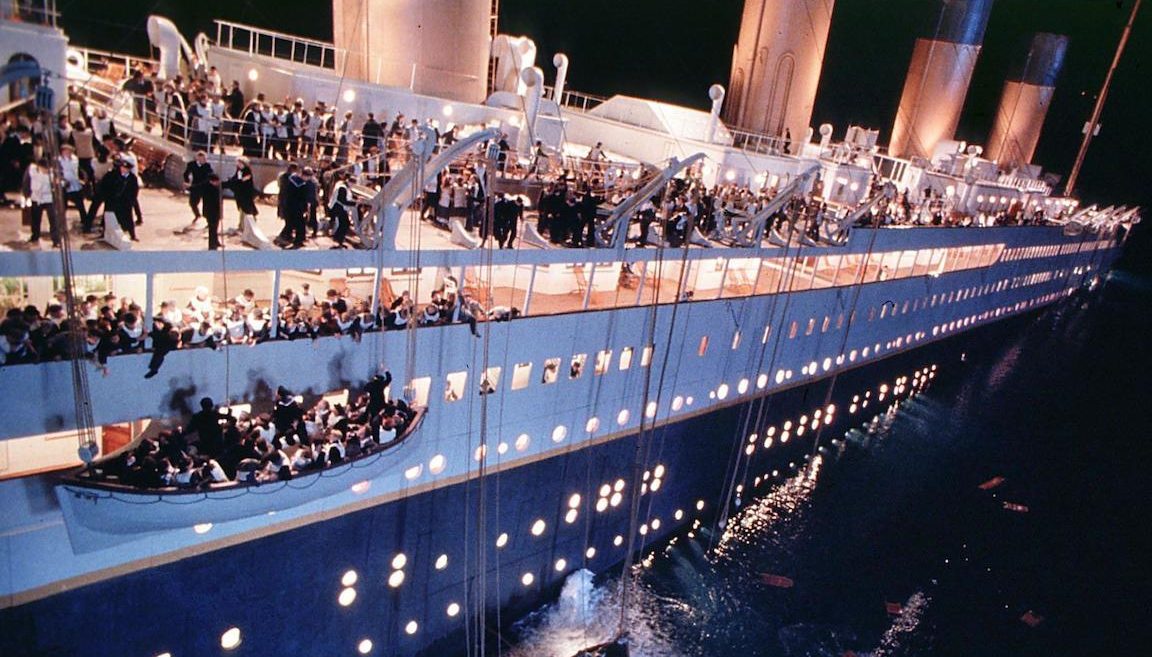The movie (and book) Hidden Figures came out in 2016 and is set in the early 1960’s follows the stories of three female African-American women working at NASA in the heart of the Space Race. The Space Race was the United States and the Soviet Union battling to make key discoveries about what was beyond our earth and sending people into space. The three women, Katherine Johnson, Dorothy Vaughan, and Mary Jackson are brilliant and powerful women who end up making key discoveries within the predominantly white, male workplace. These women never took no for an answer and were able to show that they deserved just as good treatment as any other employee. They ended up excelling more than the other people in their respective divisions and were finally recognized in the end of the film for their intelligence, hard work, and dedication.
In this movie, the power that is addressed is toward men being superior to woman as well as white people having power over people of color (specifically black people in this film). I think that this dynamic in the film showed that all people regardless of sex or gender can excel in the STEM field and they have just as much brilliance and stature. The One in this example was the white people who oppressed these strong women who were seen as the Other. The movie shows that these people can do anything and can accomplish so many amazing inventions and innovations when they get the opportunity to excel. The big picture here is that people need be accepting of all people to be able to accomplish the most. There is no place for discrimination in the workplace, especially concerning something so important as NASA.
I think that the author of the book and then the director of the film wanted to make the viewer question the importance of race and gender and realize that being smart is something that goes beyond both of those things. The movie is uplifting which shows that the viewer is supposed to feel empowered and strong. I think that while this movie is appealing to any demographic of viewer, the target audience I believe is younger girls who can look up to these powerful women and aspire to be like them and fight all barriers including sex and race. I think that it inspires conversation about identity, power, and injustice because while this is a historical movie depicting real events, it is also entertaining which is a very important aspect of media today that sparks conversation and sticks with people.












